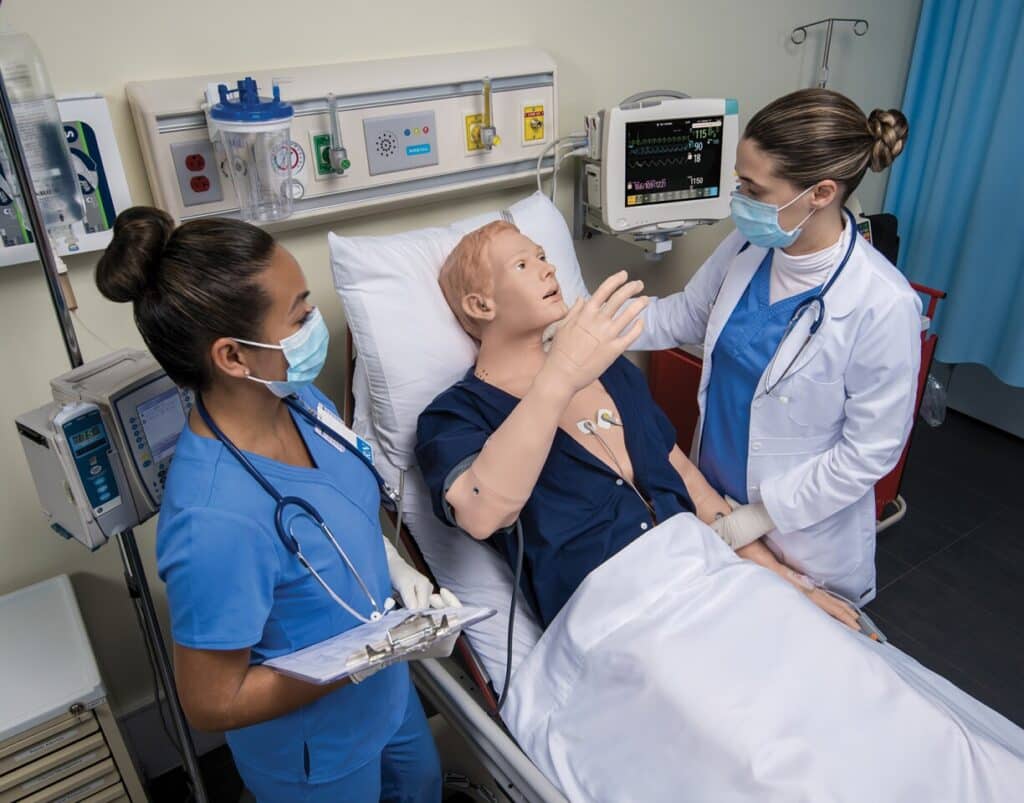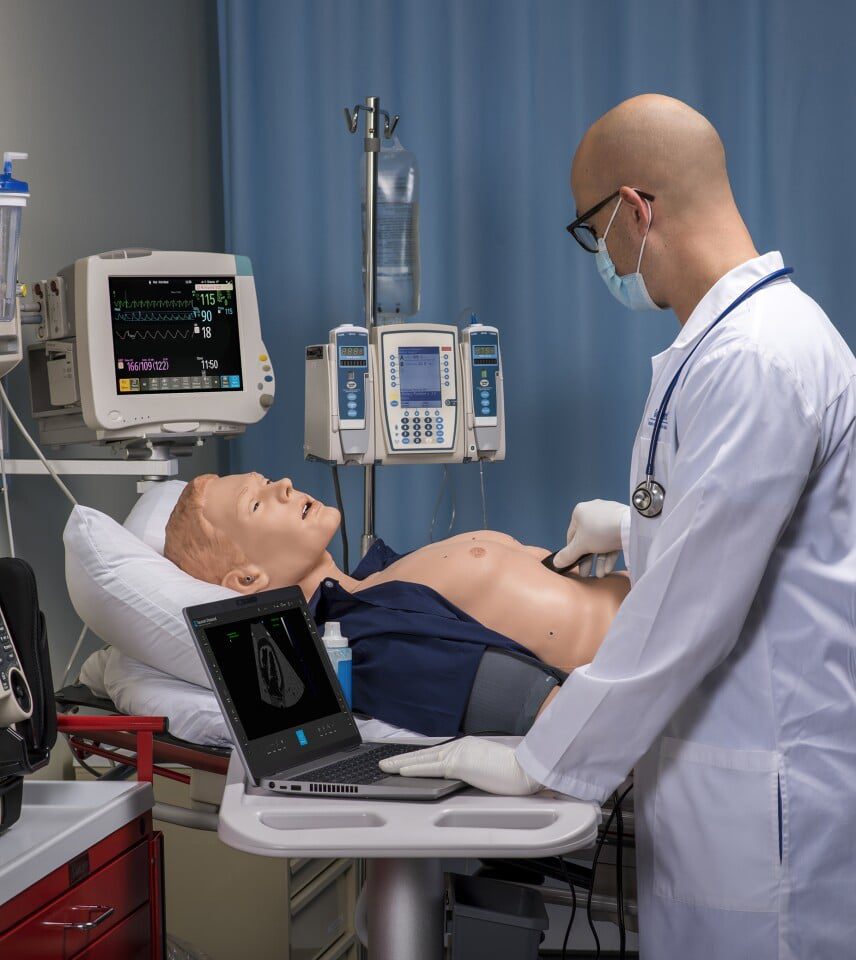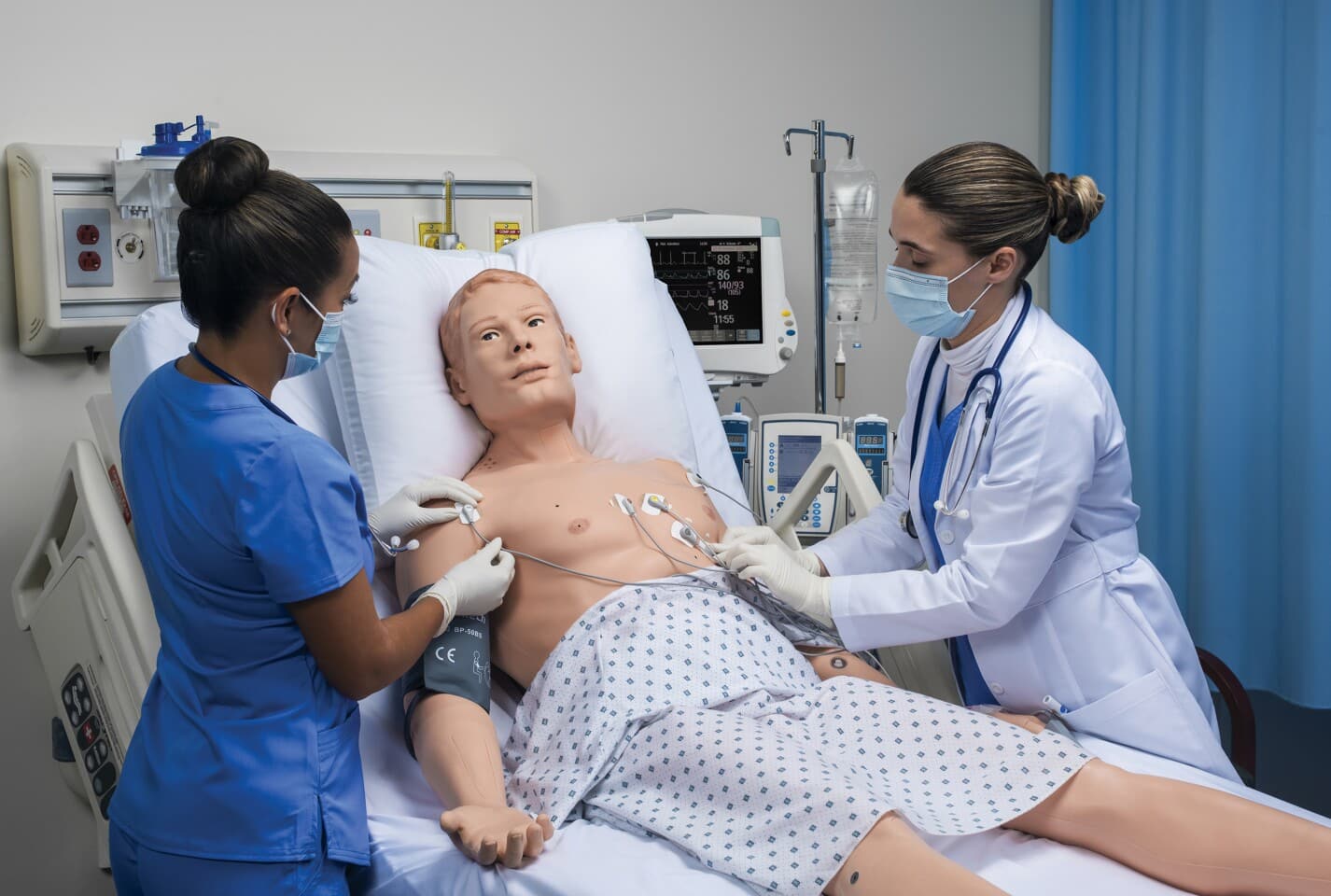For some time now, actors who simulate symptoms of specific diseases have been used to educate medical students. Today a robot called HAL S5301 (Kubrick forgive them) simulates a patient with brain injuries: the company that creates it considers it a more effective and available alternative.
Produced by American Gaumard Scientific, the S5301 is a life-size adult humanoid robot programmed to mimic the symptoms of stroke and traumatic brain injury (TBI).
Simulating brain injury: S5301 does this in three ways

First of allThe robot is reportedly able to engage in two-way conversations with students. He verbally answers their questions, not only describing his symptoms but also speaking in a manner similar to that of a brain-injured individual. His AI algorithms allow him to gradually hone his retention skills, learning from dialogues.
Secondly S5301's head, arm and hand movements, including its motor reflexes, are similar to those of an injured patient who has suffered a stroke or head trauma.
Finally, his body exhibits cardiac, respiratory, and vascular characteristics consistent with those of a real-life brain-injured patient. Parameters can be measured with standard diagnostic equipment, and the robot even responds to the application of mechanical defibrillators and ventilators.

Better than a human?
HAL S5301 was presented last month in Los Angeles, at the International Meeting on Simulation in Healthcare. The “teaching” humanoid is expected to be commercially available starting this spring. Potential buyers (institutions, medical schools, private practices) can register on the company website to receive updates on the launch.
What do you think? Does the accuracy (and above all the 24-hour availability) of these devices make them an advantage, or are the old, dear "actors with injuries" better, perhaps to stimulate the empathy of a future doctor?
the question could be rhetorical and ill-conceal the opinions of the writer.


